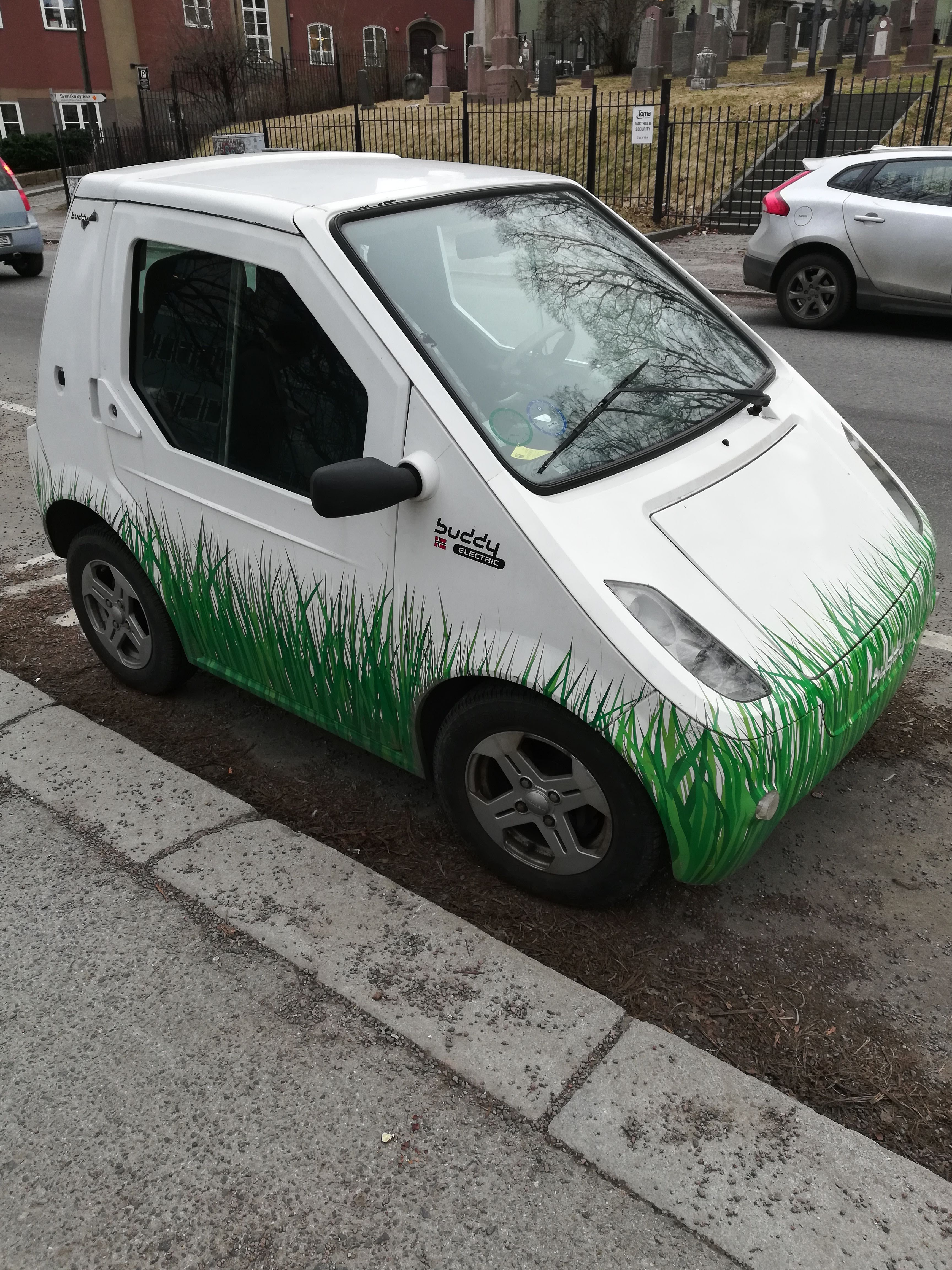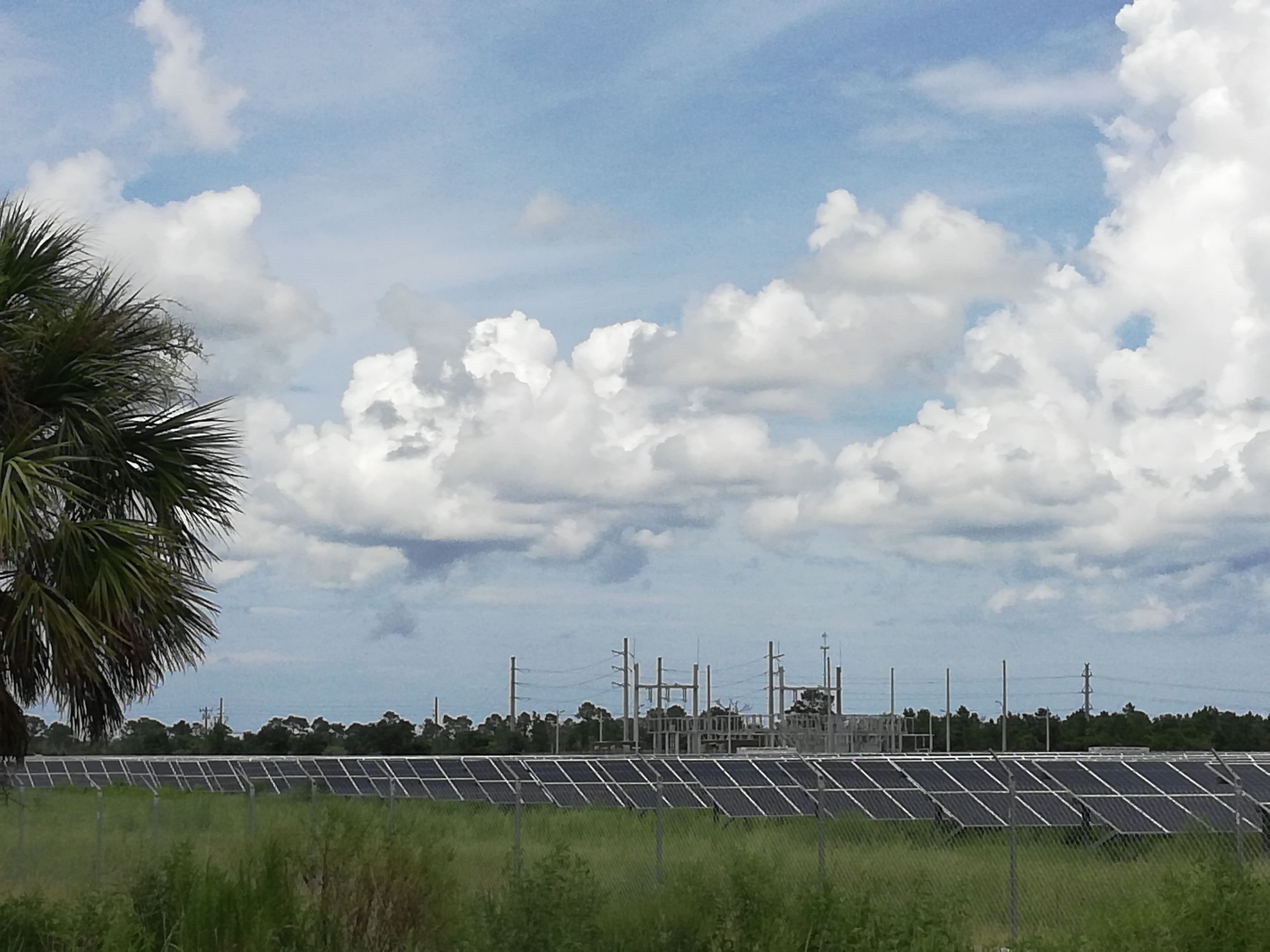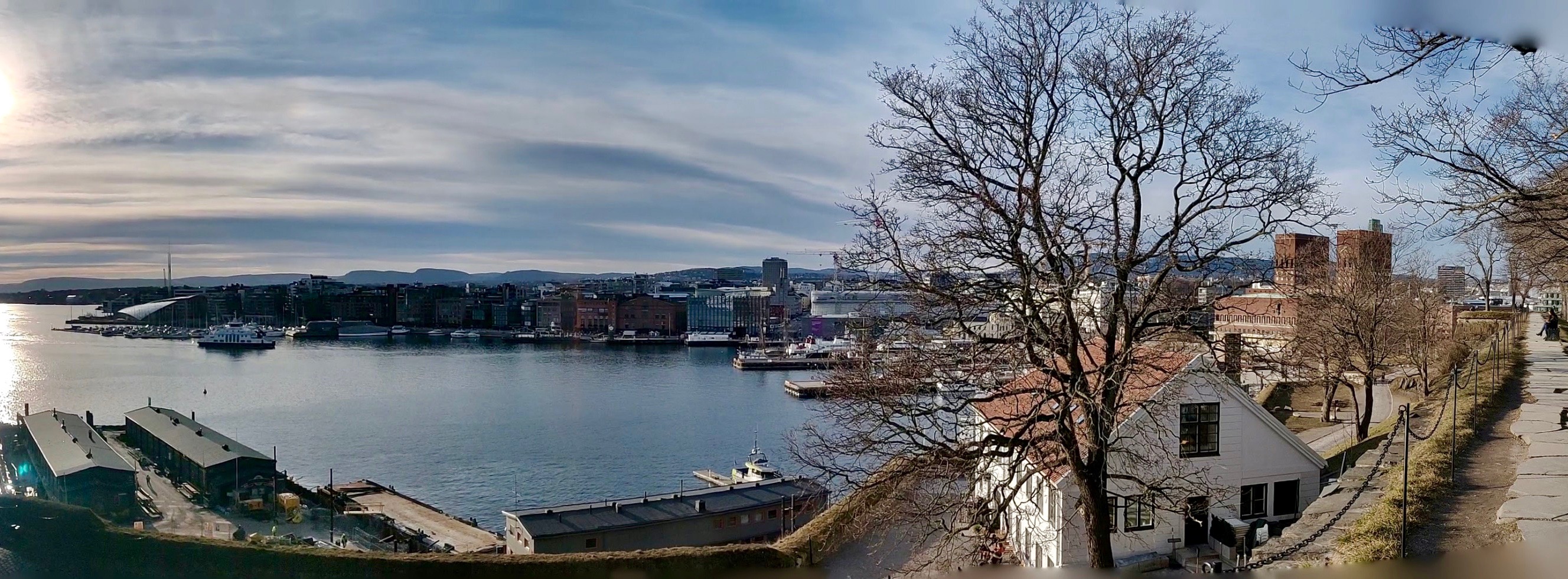An important element to remember about moving to 100% clean energy is that nobody is doing it alone. A movement is underway across the United States and the world to build the clean energy economy that people demand and the planet needs.
I know renewable energy will improve the lives of the people in my community -- that’s why I’m leading the Ready For 100 campaign where I live, in the Daytona Beach area of Florida. I believe my friends and family should have a say in how they get their energy, that our public health should be protected, and that our lives come before electric companies’ bottom lines. Getting there will take effort -- but clean energy solutions abound in communities all over, if we look.
That’s why I went to Oslo, Norway.
I’d been searching for inspiring examples of effective energy transitions to jump-start work in Daytona. I could have stayed closer to home, but my interest was piqued after learning that the modest-sized city of Oslo is the “Electric Vehicle Capital of the World.”
I booked my trip with one question in mind: What do cities like mine in Florida need to know?
Lesson 1: Seeing is the difference.
Contrasting Scandinavian countries with the United States is like comparing LED with incandescent lightbulbs.
While the US is a dramatically different country than Norway in almost every sense (size, population diversity, geography, economy, etc.), we can still learn a thing or two from leaders who instead of asking “can we do it?” have just gotten to work.
Oslo is the 2019 European Green Capital, providing a case study for Europe and the world on cutting greenhouse gas emissions by using clean energy, electrifying, and building climate policy into thriving communities.
Oslo has also been dubbed the EV capital of the world -- half of the cars sold in Norway last year were electric. The city is increasingly car-free. In its electricity and transportation sectors, buildings, and city planning, Oslo, a city of less than 700,000, is showing others how it’s done.
Successful examples of places leading the transition make the case for actualizing it everywhere. Vice Mayor Lan Marie Nguyen Berg has shared Oslo’s ambitious goals for her city on global platforms -- achieving these goals is its own feat.

Oslo has been called the "EV Capital of the World." Photo by Kris Cunningham
Lesson 2: Meeting people where they are.
To learn what clean energy means for Oslovians, I met with Audun Garberg, head of the Climate Department, to hear what exactly worked in Oslo to make it a successful model.
One interesting learning: Audun said that the city government stopped talking about climate change! Framing local initiatives as “climate solutions” didn’t register for residents. Instead, the city talked about the everyday benefits, like free charging for electric cars and energy-efficient buildings, so people could easily understand the implications of changing behaviors and amenities.
It worked. Oslo’s residents have largely embraced -- and helped shape -- changes across the city. Now, because people are on board, Oslo continues to pursue innovative emissions-slashing measures.
Oslo is proof that how we talk about issues like clean energy also affects who will listen and what can be achieved.
Lesson 3: The transition will be transparent!
By discussing issues with people rather than forcing an agenda without public consultation or explanation, Oslo officials served the best interests of their constituents by enlisting their support in crafting policies and projects to meet their needs.
This helped the city facilitate big transitions -- like making the city’s transportation system work -- while reducing its local reliance on oil and other dirty fuels (Norway's history of oil exports is another story). In Oslo, public transit is cheap, easily available, and runs 24/7.
Today, driving and parking cars gets expensive, even though EVs are popular. The city center is car-free -- streets now serve as walking and biking areas, making commuting easy. People flock to this region, which demonstrates that reimagined infrastructure can cater to residents and tourists alike. The waterfront is no longer shipping and container storage -- it’s now shops, cafes, art, and public space.
Lesson 4: Always bring it home.
I was impressed with Oslo. But my trip also deepened my thinking about what my community could be doing in Daytona Beach to begin our own energy transition.
The Norwegians I encountered have embraced clean energy (for them, mostly hydropower) because they see how clean air and water affects the quality of their lives. Could a similar culture shift happen along Florida’s coast? Oslo used to be a zone for shipping lanes, cargo boxes, and many gas-powered cars. Could Florida similarly break away from its fossil fuel dependency to build anew with energy-efficient waterfronts, electrified transportation, and sustainable building practices of our own?
Daytona Beach has 229 days of sunshine per year -- solar needs to take off much quicker and in a more distributed manner so everyone can access its benefits. At the same time, extreme heat grows worse as the climate crisis accelerates, threatening Floridians’ health. High temperatures also pose an equity issue. Keeping homes cool drives up everyone’s energy bills -- but exorbitant bills hit poor families harder, sometimes forcing them to risk power shutoffs with late payments, or sacrifice keeping food on the table or the lights on in order to pay utility bill on time. Severe storms threaten transmission lines and the Florida grid, show our current energy model isn’t working. Florida solar is increasing -- but its benefits should extend beyond a handful of power companies. We need to think bigger.

A 74.5 megawatt solar farm south of Daytona Beach, in New Smyrna Beach, Florida. Photo by Kris Cunningham
Daytona Beach doesn’t have much in common with Chicago, San Francisco, or even Orlando, let alone San Jose, Costa Rica, or Oslo. But the goal of a 100% renewable grid is no pipe dream. It’s a vision shared by neighbors, by cities across my state, and across the country and world.
Each city must set its own course to 100%, depending on many different factors like utility and regulatory structures and local leadership. But from Colorado to Florida, from Ohio to Texas, learning from other communities makes a nationwide transformation much more likely -- inevitable, even.
No matter where you live, there are students, workers, faith leaders, business owners, and officials united in a common goal of a 100% renewable future. Check on whether a Ready For 100 campaign is already active in your city. If not, sign up to attend the next New Orientation Webinar.
